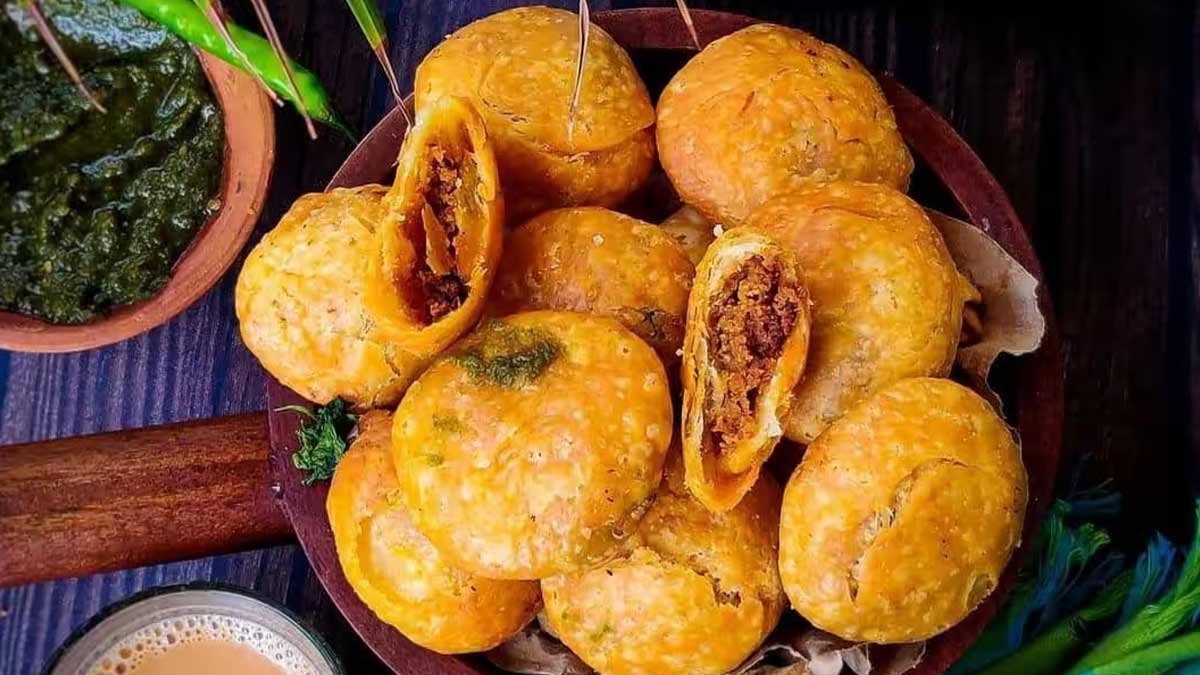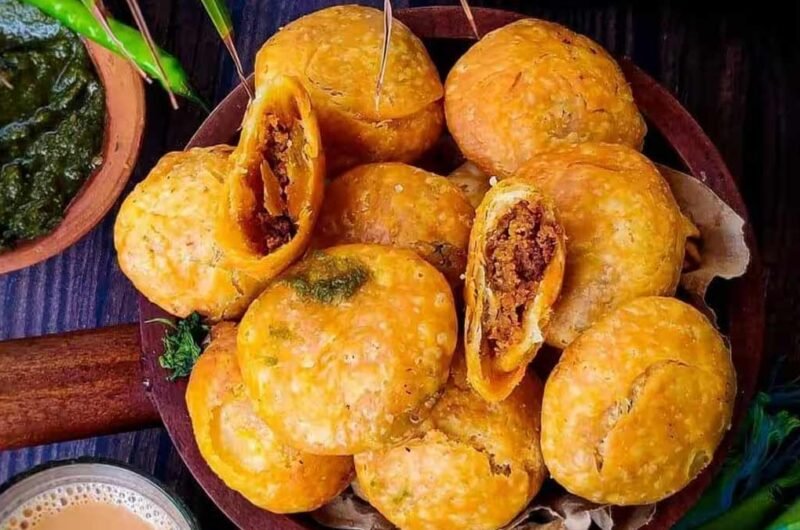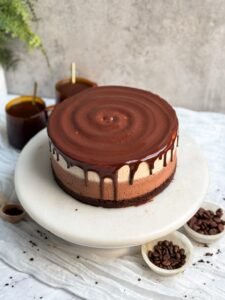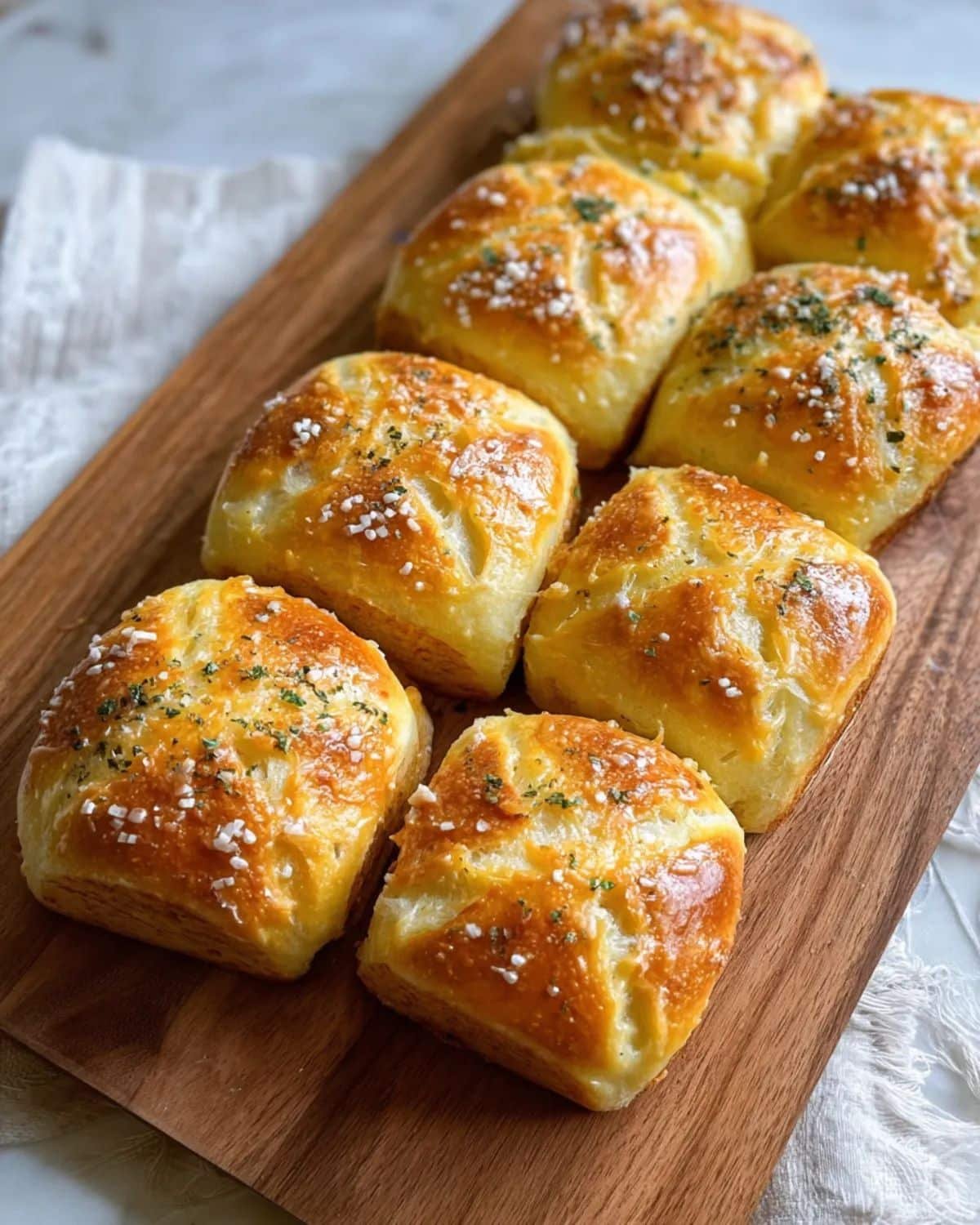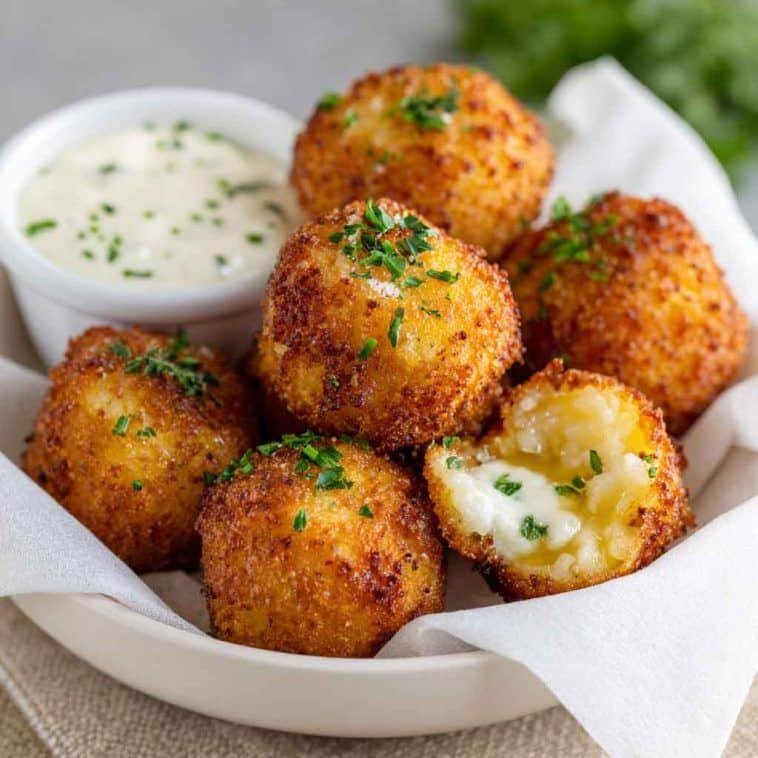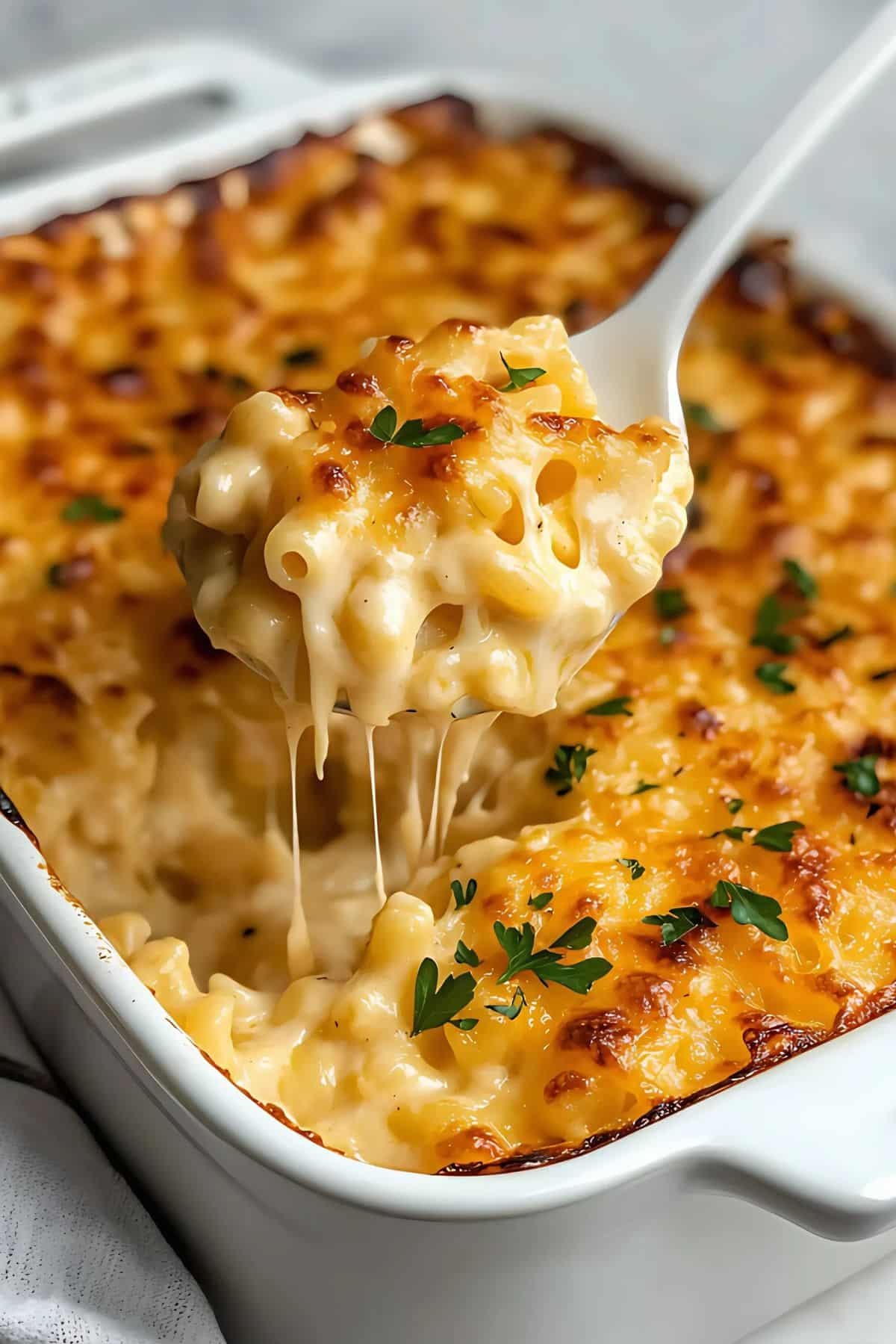Few dishes in Indian and Pakistani cuisine captivate the senses quite like the famous kachori. This exquisite snack, bursting with aromatic spices and a diversity of fillings, has a particular place in the hearts and palates of foodies all over the world. Join us on a trip to discover the secrets of producing the ideal kachori, from its traditional origins to mastering the skill of its preparation in your own home.
Table of Contents
ToggleWhy you all will love these kachoris?
Kachoris have a rich flavour profile thanks to a combination of aromatic spices including cumin, coriander, and garam masala, which provide a pleasant kick with each bite.
Whether deep-fried or baked, kachoris have a crunchy exterior layer that contrasts nicely with the soft, savory filling.
Kachoris come in a range of flavours, from lentils and peas to potatoes and onions, so there’s something for everyone to enjoy.
They can be enjoyed as a single snack, combined with chutneys and yogurt, or even made into chaat with extra toppings, demonstrating their versatility.
Ingredients
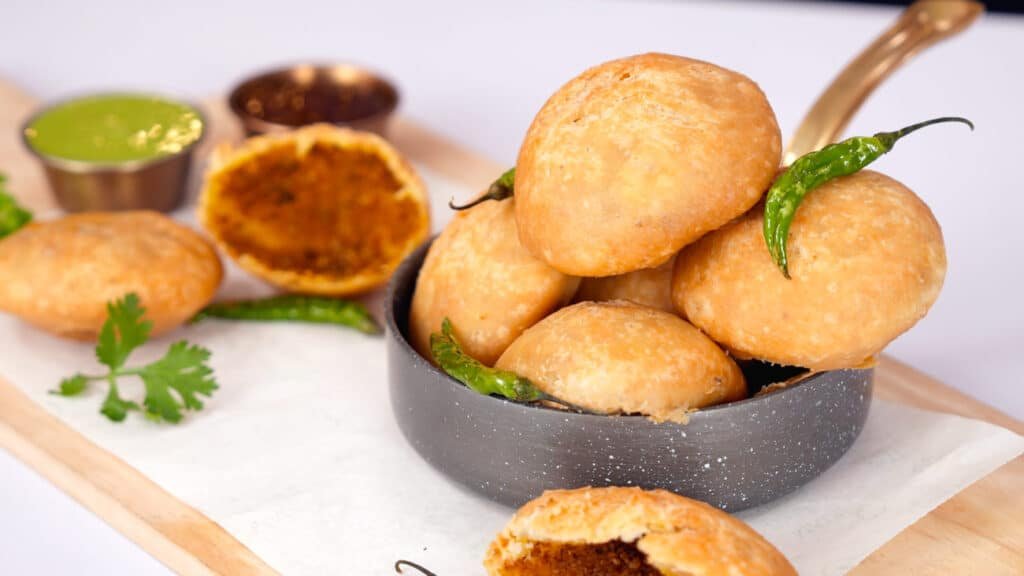
For the dough:
- 2 cups all-purpose flour
- ½ cup semolina (sooji)
- 4 tablespoons ghee or oil
- Water, as needed (approximately ½ to ¾ cup)
Filling:
- 1 cup split yellow lentils (moong dal)
- A pinch of asafoetida (hing)
- 1 teaspoon cumin seeds
- 1 teaspoon fennel seeds
- 2 green chilies, finely chopped
- 1 tablespoon ginger, grated
- ½ teaspoon turmeric powder
- 1 teaspoon garam masala
- 2 tablespoons fresh coriander leaves, chopped
- Salt to taste
For deep-frying:
- Sufficient cooking oil
Equipment
- Mixing bowl
- Rolling pin (began)
- Frying pan or kadai
- Slotted spoon
- Plate or Tray
- Knife or dough cutter
- Measuring spoons or cups
- Stainer
Nutritional facts
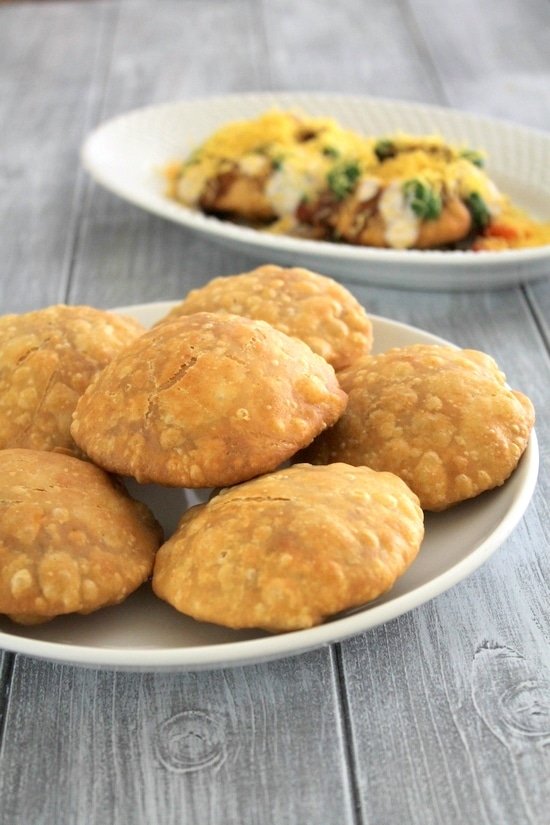
Deep-fried kachoris (approximately 100g)
- Fat 10-20g
- Carbohydrate 30-40g
- Protein 5-7g
- Calories: 250-350kcal
Baked kachoris ( approximately 100g)
- Calories 150-250kcal
- Fat 5-10g
- Carbohydrate 25-35g
- Protein 4-6g
Preparation
Preparing the dough:
Mixing the ingredients: In a large mixing bowl, combine all-purpose flour, semolina, and ghee (or oil).
Knead the dough: Add ½ cup water to the flour mixture gradually, kneading until it forms a hard yet malleable dough.
Ensure that the dough is smooth and lump-free.
Tip 1: If the dough becomes sticky, then add some flour.
Tip 2: If the dough looks dry, then add some more water and knead.
Resting the dough: To rest the dough, cover it with a damp cloth for at least 15 minutes. This allows the gluten to relax and the flavors to merge.
Getting Ready to Fill:
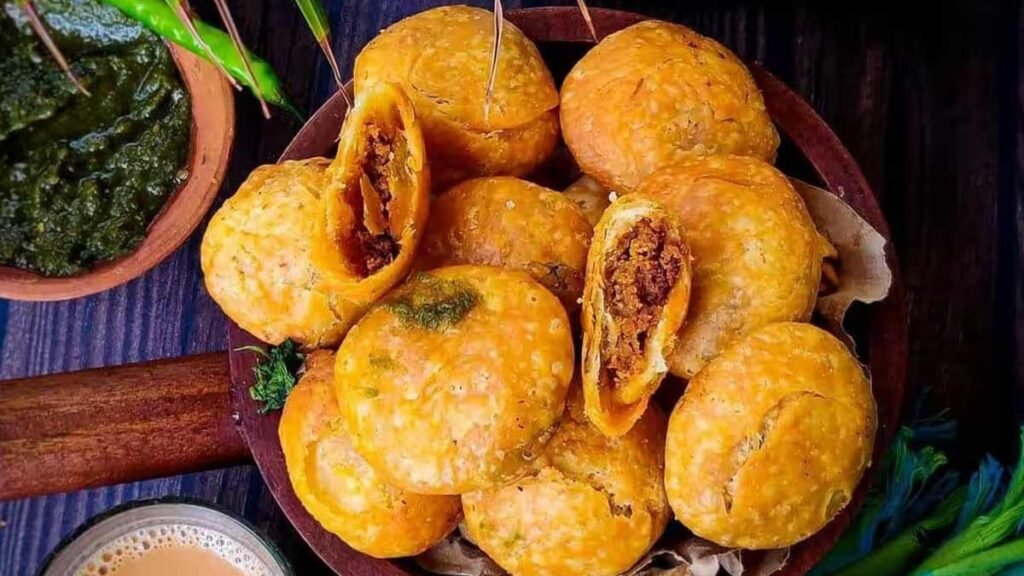
Cooking the Lentil: Wash the split yellow lentils (moong dal) and soak them in water for about 30 minutes. Drain the lentils and simmer until cooked but still retain their shape.
Drain any extra water from the cooked lentils and leave them aside. Use the pulse function to gently crush or generate a coarse combination of moong lentils. Avoid adding water while grinding or mixing. Do not over-grind or make a fine paste.
Seasoning the Spices:
Heat the oil: In a pan, heat the ghee or oil, then add the cumin seeds, fennel seeds, and a pinch of asafoetida. Sauté the seeds until they crackle and become fragrant.
Adding Aromatics: Add finely chopped green chilies and grated ginger to the tempered spices. Sauté nonstop for 2-3 minutes or until the raw fragrance of the ginger fades.
Infusing Flavor: Stir in turmeric powder, garam masala, and salt to taste.
To enhance the flavor of the spice mixture, add freshly chopped coriander leaves.
To make a tasty filling for kachoris, combine cooked lentils with aromatic spices.
Assembly and frying:
Shaping the Kachoris: Divide the resting dough into equal amounts and roll each one into a small ball shape.
Insert a spoonful of the prepared filling into the center of each disc.
After 30 minutes, knead the dough slightly, gather the dough’s edges to encase the contents, and then shape it into round balls. Keep the edges thin with the help of a rolling pin (belan).
Heating the Oil: To heat the oil for frying, place it in a deep pan and wok (kadai) over medium heat until it reaches the desired temperature.
To fry kachoris, carefully place them in heated oil without crowding the pan. Once the oil has reached the desired temperature, gently place 2 to 3 kachoris in the kadai or pan, adjusting the number depending on its size. Make sure the oil is neither too warm nor too hot. Drop a little piece of dough into the oil to determine the frying temperature. If it slowly and steadily comes to the surface, the kachoris are ready to fry. Fry the kachoris till golden brown and crispy on all sides, ensuring they are fully cooked.
Pro tip: If the stuffed kachoris rise too rapidly, it means the oil is too hot. Lower the heat. If they do not rise quickly, suggesting that the oil is not hot enough, raise the temperature appropriately.
Draining and Serving:
After frying, drain the kachoris on paper towels to remove excess oil.
Serve the kachoris hot with your preferred chutneys or accompaniments.
Following these skilled techniques will teach you how to make irresistible kachoris that will impress your friends and family. Enjoy the culinary journey!
Cooking Methods: Deep-Fried vs. Baked Kachori

Deep-fried kachori
Deep-fried kachori has a crispy and flaky texture due to the hot oil.
Richer and more luxurious, with a classic taste.
Faster; normally takes less time to cook.
Increased oil absorption, making it greasier.
Typically more golden brown with a consistent tint.
Because of the oil content, calories are higher.
Baked kachori
Baked kachori has a less crunchy, more bread-like, and firm texture.
A milder, more delicate taste.
Cooking time is slower because it requires time in the oven.
Low, making it a healthy choice.
The color may be paler and less consistent.
A lower-calorie, healthier alternative.
Tips For Success
To obtain a flawlessly golden and flaky crust, cook the kachoris over low to medium-low heat, making sure the oil achieves its frying temperature without overheating. Test the temperature by adding a small piece of dough; no bubbles suggest the oil isn’t hot enough, while quick bubbling implies it’s too hot. Adjust appropriately.
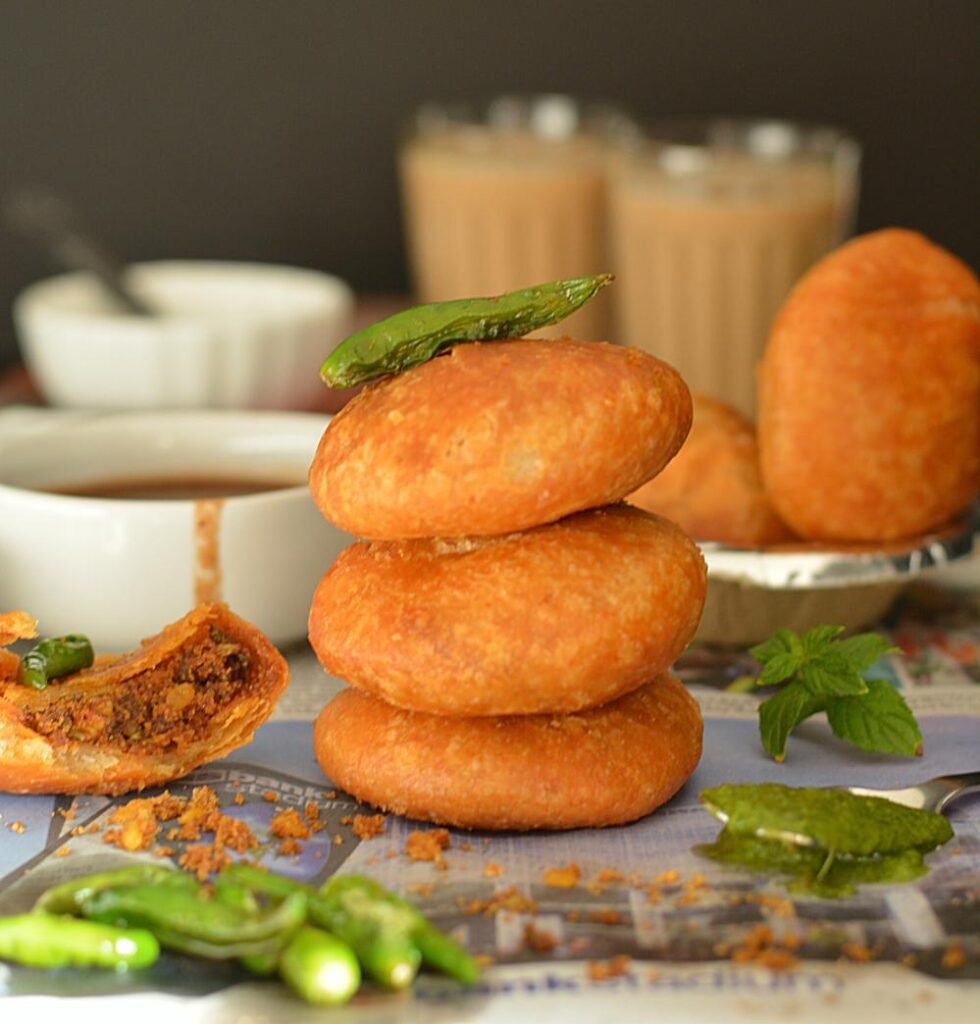
Maintain the proper fat-to-flour ratio in the dough for a soft interior and a crispy exterior.
Insufficient fat results in a dry crust, whereas excess fat results in oily kachoris.
Make sure the kachoris are medium-thick to avoid getting excessively crisp or undercooked.
You can prepare the dough using oil instead of ghee. If you miss the step of grinding moong dal, you will need to simmer the soaked dal with water for a longer time. In addition, soak the moong dal for 3 to 4 hours.
Adjust the spice powders to suit your tastes. For additional flavor, add green chiles and ginger. If dry mango powder is not available, lemon juice can be used instead.
These kachoris can also be baked to make them healthier. Preheat the oven to 180 degrees Celsius (356 degrees Fahrenheit), then bake until the crust is golden brown.
Some Mouthwatering Kachori Variations
To make potato kachori, season mashed potatoes with cumin, coriander, and chili powder before filling them.
To make Paneer (Indian Cottage Cheese) Kachori, stuff them with a creamy mixture of crumbled paneer, finely chopped onions, green chilies, and fresh coriander leaves.
For onion kachori, add finely chopped onions, garam masala, and amchur (dry mango powder) to the mixture for a savory twist.
Matar (green peas): For a unique touch, try kachori with a filling of mashed green peas seasoned with ginger, green chilies, and chaat masala.
Sweet Kachori is a sweet filling made of khoya (reduced milk), sugar, and chopped nuts like almonds and pistachios, flavored with cardamom.
Spinach Kachori, Add finely chopped spinach leaves to the filling mixture, along with spices like cumin, ginger, and kasuri methi (dried fenugreek leaves), for a nutritious and flavorful variation.
Serving suggestions
Chutney: Serve kachori with a variety of chutneys, including mint-coriander, tamarind, and garlic chutney, for a flavor explosion.
With Pickles: Serve kachori with sour Indian pickles (achar) for a crisp and zesty contrast.
As chaat: Make a delectable kachori chaat by topping it with yogurt, tamarind chutney, mint chutney, chopped onions, tomatoes, and sev.
With aloo sabzi: Pair kachori with spicy potato curry (aloo sabzi) for a traditional and filling lunch.
With Tea: Serve kachori as a snack alongside a cup of hot masala chai for a delightful evening treat.
Vegan and Gluten-Free Kachori Options
Vegan Kachori Alternatives
Instead of ghee, use oil or vegan butter.
Filling options include lentils, peas, potatoes, or mixed veggies seasoned with spices.
Pair with vegan chutneys prepared with tamarind, mint, or coconut.
Gluten-free Kachori Options
Instead of wheat flour, substitute gluten-free flour blends (such as rice flour, chickpea flour, or a combination of gluten-free flour).
Use a small amount of xanthan gum or flaxseed meal to help bind the dough.
Use gluten-free ingredients, such as potatoes, lentils, or chickpeas.
For a healthier twist, bake instead of frying to ensure the gluten-free dough stays together.
These changes will aid in the creation of kachori that meets vegan and gluten-free dietary requirements while remaining flavorful.
Healthier Alternatives to Traditional Kachori
Certainly! Here are five healthier options for traditional kachori:
Baking Instead of Frying: Instead of deep-frying, bake the kachoris to save oil and calories while maintaining a crispy quality.
Whole Wheat Flour: For more fiber and nutrients, replace refined flour (maida) with whole wheat flour.
Vegetable Fillings: To increase nutritional value, add more vegetables to the filling, such as peas, carrots, and spinach.
Reduced Oil: Use less oil in the dough and when cooking the filling to reduce the total fat content.
How Do I Store These Yummy Dal Kachoris?
Dal kachoris should be cooled completely to room temperature before being stored. Once chilled, transfer to an airtight container and arrange in a single layer to avoid sticking. When stacking many kachoris, use a sheet of parchment paper between each layer. Store the container in a cool, dry location away from direct sunlight. Dal kachoris can last up to 2-3 days if refrigerated properly. To reheat, place them in a hot oven or air fryer until crisp and cooked thoroughly. Avoid refrigerating kachoris because it will change their texture and make them soggy.
Related Recipes:
FAQS
Can I freeze kachori?
Although it is possible to freeze kachoris, it is not suggested because freezing might alter their texture. It’s preferable to eat them fresh or keep them at room temperature for a short time.
How can I reheat leftover kachoris?
To reheat leftover kachoris, preheat the oven or air fryer and cook until crisp and heated through. Avoid reheating them in the microwave because it will make them soggy.
Are kachoris suitable for gluten-free diets?
Traditional kachoris are made from all-purpose flour, which contains gluten. However, you can have gluten-free options like chickpea flour (besan) for an acceptable substitution.
Can I bake kachori instead of frying them?
Yes, kachoris can be baked as a healthy option. Preheat the oven to 180 degrees Celsius/356 degrees Fahrenheit). Bake until golden brown and crispy.
Final Thought
Kachoris are more than just a culinary delight; they’re a trip through the rich and different flavors of Indian cuisine. Whether you enjoy the traditional variations or try new fillings, each mouthful of these crispy, delicious appetizers is a celebration of India’s culinary heritage. With the correct combination of spices, textures, and cooking techniques, one can master the skill of producing exquisite kachoris at home, evoking memories and joy with each taste. So, embark on this tasty journey, delight your senses, and allow the magic of kachoris to take you to the bustling streets of India and Pakistan.
Indian & Pakistani Kachori Recipe Easy
Course: SnacksCuisine: Indian6
servings30
minutes20
minutes300
kcal1
hour10
minutesKachori is a popular Indian snack made from deep-fried dough filled with a spicy mixture of lentils, peas, or potatoes. This savory treat is often enjoyed with chutneys and is a staple at festivals and special occasions. Crispy on the outside and flavorful on the inside, Kachori is a delicious burst of taste and texture.
Ingredients
For the Dough:
1 cup all-purpose flour
2 tablespoons semolina (rava)
2 tablespoons ghee (clarified butter)
A pinch of salt
Water (as needed)
For the Filling:
1 cup moong dal (split yellow gram), soaked for 2 hours and drained
2 tablespoons oil
1 teaspoon cumin seeds
1 teaspoon coriander seeds
1/2 teaspoon turmeric powder
1 teaspoon red chili powder
1 teaspoon garam masala
Salt to taste
Chopped cilantro (optional)
Directions
- Prepare the Dough: In a mixing bowl, combine the all-purpose flour, semolina, salt, and ghee. Gradually add water and knead into a smooth, pliable dough. Cover and let it rest for 30 minutes.
- Prepare the Filling: Heat oil in a pan over medium heat. Add cumin seeds and coriander seeds. Sauté until they release their aroma. Add the soaked moong dal and cook for a few minutes. Add turmeric powder, red chili powder, garam masala, and salt. Stir well and cook until the mixture is dry. Let it cool.
- Assemble the Kachoris: Divide the dough into small balls. Roll each ball into a small circle. Place a spoonful of the filling in the center, fold the edges, and seal the kachori. Flatten gently.
- Fry the Kachoris: Heat oil in a deep frying pan over medium heat. Fry the kachoris until golden brown and crispy. Drain on paper towels.
- Serve: Enjoy warm with your favorite chutneys or yogurt.
Recipe Video
Notes
- Overstuffing the Kachoris: This can cause the filling to spill out during frying.
Under-kneading the Dough: Ensure the dough is soft and pliable for a better texture.
Frying at High Heat: This can result in uneven cooking and burnt kachoris.

